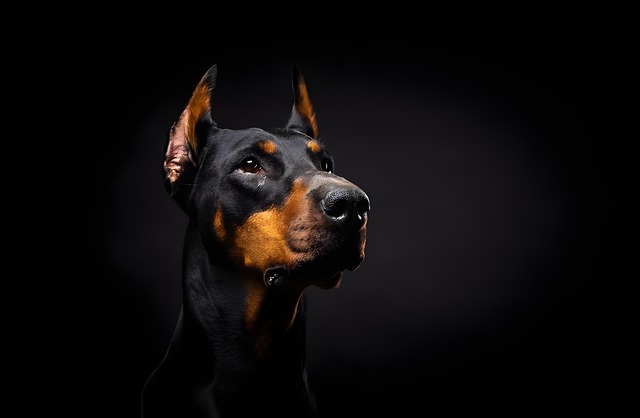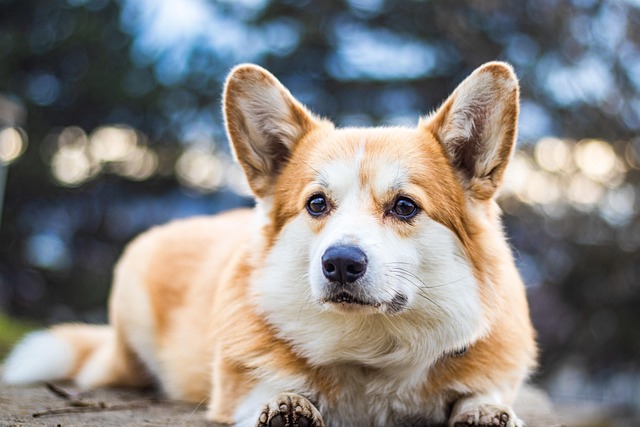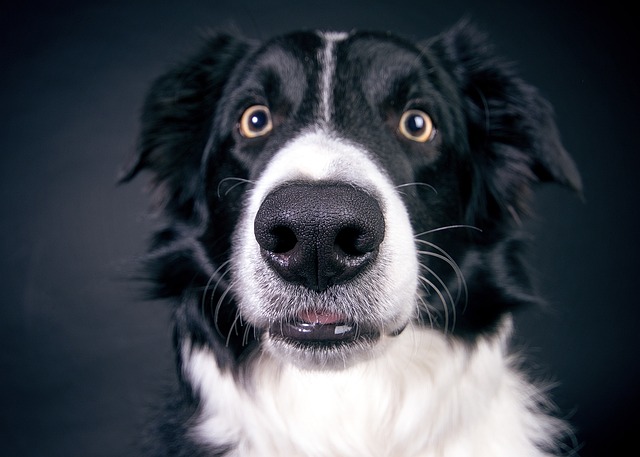
How to test for tetanus in dogs?
Tetanus in dogs often starts with subtle signs most owners miss—like a stiff jaw when grabbing a favorite chew toy or hesitation to climb stairs they once bounded up.
Imagine coming home after a long day, and your new furry friend runs to greet you at the door. It’s a heartwarming moment that makes you wonder: When do dogs start recognizing their owners? Understanding this process not only deepens your bond but also ties into broader aspects of responsible pet ownership in Western regions.
Puppies typically start showing signs of recognizing their primary caregiver around 3 - 4 weeks old. At this stage, they rely on scent, sound, and touch to distinguish familiar figures. However, true attachment and recognition develop more fully between 8 - 12 weeks. Picture a tiny Labrador puppy wobbling towards you when it hears your voice or a Chihuahua seeking comfort in your lap—these are clear indicators that the bond is forming. But remember, every dog is unique; some may take a bit longer, especially if they’ve had a rough start in life.
Before focusing solely on the owner - dog connection, it’s crucial to adhere to local regulations. Across many Western countries, vaccinating your puppy against diseases like rabies and distemper is mandatory. For instance, in certain urban areas, you can’t legally take your unvaccinated puppy to public parks or dog - friendly cafes. Alongside this, cleaning up after your dog in public spaces isn’t just a courtesy—it’s often enforced by law. Failing to scoop poop during walks can lead to fines, similar to how not wearing a seatbelt in a car has consequences.
As your dog starts recognizing you, mealtime and playtime become perfect opportunities for positive training. Instead of using physical punishment if your dog chews on your shoes or jumps on guests, try redirecting their behavior. For example, when your dog approaches you during dinner preparation (a common sign of recognition), teach them to “sit” or “wait” calmly. Reward them with treats, praise, or a gentle scratch behind the ears when they follow your command. This positive reinforcement approach, backed by behavioral science, strengthens your relationship without causing fear or stress.

Living in an apartment with a dog that’s learning to recognize you comes with its own set of considerations. Puppies tend to bark when they sense your presence outside the door or when they want attention. To avoid disturbing neighbors, start training them early to be quiet on command. Additionally, since space is limited, create a routine for feeding and play that doesn’t disrupt your daily life. For example, schedule short play sessions after meals to help with digestion and energy release, while also ensuring they don’t damage furniture out of boredom.
When taking your dog out in the community, proper etiquette matters. As your dog grows more attached to you, they might become overly protective or excited around others. Teach them basic leash manners, like walking calmly beside you instead of pulling. This not only makes walks enjoyable but also shows respect for other pedestrians, cyclists, and fellow dog owners. And always keep in mind that a well - behaved dog reflects a responsible owner, just as following local pet - care laws does.
In conclusion, the journey of your dog recognizing you is a gradual yet rewarding process. By combining understanding of their developmental timeline with compliance to local rules and positive training, you’ll foster a strong, healthy relationship that enriches both your lives.

Tetanus in dogs often starts with subtle signs most owners miss—like a stiff jaw when grabbing a favorite chew toy or hesitation to climb stairs they once bounded up.

If you’re a new dog parent in the US—maybe you’re standing in your Ohio apartment’s pet store aisle, holding a bag labeled “senior dog food” while your 8-year-old Dachshund

If you’re a new dog parent to a senior pup in the US—maybe you’re standing in your Florida apartment’s pet food aisle

Pet owners often worry about hidden health risks for their dogs, and toxoplasmosis is one that flies under the radar for many—understanding how dogs pick it up is key to keeping them safe.

If you’re a new dog parent in the US—maybe you’re standing in your Chicago apartment, staring at your 7-month-old Poodle mix, Bella

Tetanus in dogs comes from bacteria entering open wounds—think a deep cut from a rusty fence nail during a walk, or a scraped paw from digging in contaminated soil.